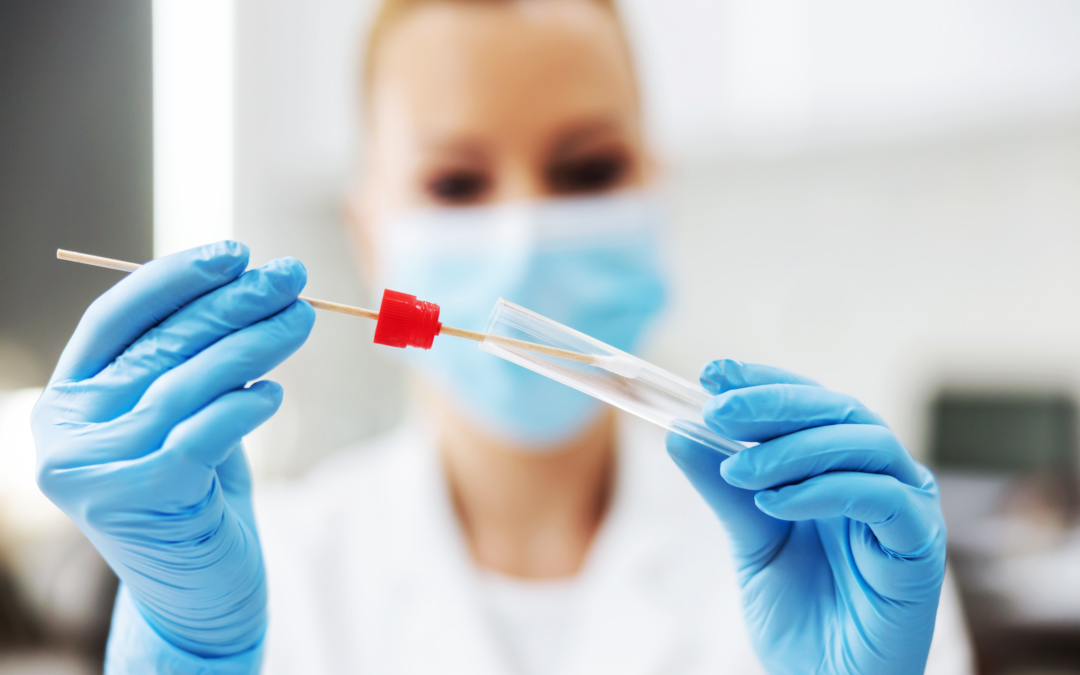
Clinical laboratories are facing increased demands each year, from boosting test volumes and reducing turnaround times to controlling costs, all while managing with fewer resources and a shrinking workforce. These growing challenges have pushed lab leaders to seek out new and effective ways of strengthening their financial health.
Although federal actions have temporarily postponed cuts to lab test reimbursement rates, this relief appears to be only temporary. To ensure long-term stability, lab leaders must consider a range of strategies aimed at increasing revenue as they plan for the year ahead.
Five Practical Methods to Boost Laboratory Income
- Target untapped market segments
- Expand service offerings
- Optimize workflow efficiency
- Enhance client relationships
- Focus on transparent, value-driven billing
Creating Diverse Revenue Sources
Laboratories can strengthen their financial footing by upgrading specific test methods. Transitioning to more sophisticated techniques, such as using quantitative urinalysis compared to the dip stick can result in higher reimbursement rates. The value of PCR testing vs culture provides better margins while also improving patient care.
Implementing screening protocols for basic testing is another way to expand revenue. This strategy involves routinely screening all eligible patients for comprehensive metabolic panels and lipids, or performing hormone panel testing.. Because these tests have established national coverage, laboratories are positioned to capture substantial volumes for which payment is highly likely. Broad screening not only supports public health initiatives but can also substantially increase test throughput and associated revenue streams.
Enhancing Operating Profit Margins
Laboratories have several strategies available to improve their operating profit margins while maintaining service efficiency. One practical method is to evaluate when to bill for tests performed by referral labs versus allowing those labs to bill patient insurance directly. For some specialized procedures, especially in pathology, this assessment may reveal that direct third-party billing results in more favorable financial outcomes.
A straightforward comparison between the funds received for specialty testing and the cost invoiced from referral laboratories can identify chances for shifting billing responsibility. Though such a change might cause laboratory revenue to decrease, expenses associated with processing and administrative tasks can drop even further. Consider:
- Assessing the cost difference between in-house and referral billing
- Reviewing insurance restrictions and billing policies
- Monitoring shifts in both revenue and expenses
Ultimately, these tactics can yield an improved operating margin through informed financial decisions.
Reimbursement Range for Common PCR Testing Panels
|
PCR TESTING PANELS |
AVE REIMBURSEMENT |
|
|
|
|
URINARY TRACT INFECTION PANEL |
$600-$1000 |
|
|
|
|
PELVIC PAIN/PROSTATITISPANEL |
$600-$1000 |
|
|
|
|
PRE-BIOPSY PANEL |
$600-$1000 |
|
|
|
|
VAGINITIS/STI PANEL |
$400-$600 |
|
|
|
|
STOOL PATHOGEN TESTING |
$200-$500 |
|
|
|
|
RESPIRATORY PATHOGEN PANEL |
$400-$700 |
|
|
|
|
FUNGAL PATHOGEN PANEL |
$500-$700 |
|
|
|
|
WOUND PATHOGEN PANEL |
$600-$800 |
Take Steps Early to Safeguard Laboratory Income
Clinical laboratories can strengthen their financial stability by adopting planned actions to protect revenue. Strategies include:
- Adding new income sources
- Improving current revenue collection
- Reducing costs in operations
These actions help laboratories absorb possible reimbursement changes and allow for ongoing investment in essential services. Consistent monitoring and adaptation ensure that laboratories remain ready for any future payment adjustments.
Frequently Asked Questions
What new developments are shaping lab revenue cycle management in 2025?
Key trends in 2025 include broader adoption of digital solutions, more robust data analytics, and the use of interconnected billing systems. Many labs are enhancing data transparency and automating claims review to speed up payments. There is also increased focus on handling payer policy changes efficiently.
What steps can laboratories take to improve billing and secure higher reimbursements?
Labs can boost their billing performance by streamlining workflows and implementing thorough claim checks before submission. Regular staff training on coding updates is essential. Using a detailed audit process and monitoring denied claims can help labs recover missed revenue.
How can labs build their testing portfolio to support revenue growth?
Expanding a lab’s test menu can be achieved by assessing patient and physician demand, and evaluating gaps in current services. Partnering with reference labs and investing in new equipment allows for the introduction of specialty and esoteric testing. Regularly updating the test menu keeps the lab competitive and attractive to clients.
In what ways can labs use automation and artificial intelligence to enhance financial results?
Automation and AI tools can:
- Reduce manual data entry errors
- Speed up billing cycles
- Automate routine administrative tasks
Predictive analytics can inform decision-making around test utilization and payer trends, supporting smarter financial planning.
How does adherence to regulations affect lab revenue and how can compliance be maintained cost-effectively?
Strict compliance with billing and privacy regulations is essential to avoid costly penalties that directly impact profitability. Labs should maintain updated documentation, conduct regular internal audits, and use compliance software to track regulatory changes. Training staff periodically helps ensure consistent adherence to requirements.
What collaborative approaches with healthcare providers can boost laboratory income?
Partnership models such as direct contracting, value-based care arrangements, and joint ventures offer ways for labs to access new patient populations and share resources. Clear communication and defined roles in these partnerships support long-term financial stability. Coordination on test utilization and reporting also supports mutually beneficial revenue growth.
Find Out How Much Your Current Lab Work is Worth
Cadence Lab Services will help you calculate your current labwork for 2 months to show you the potential margins on bringing a lab-house. Our turnkey solutions take all the guess work out of your investment and empower you to provide the highest quality and fastest care to your patients.
Read Next
We have more guides to inspire you to start your own clinical lab.
Join the antibiotic stewardship movement and champion accurate diagnosis by starting your own molecular lab.
Learn more about the costs associated with running your own clinical lab. Cadence Lab Services can run the numbers for the current labs your practice or center orders for free, so you have a real-time estimate of your return on investment.
Learn more about Cadence Lab Services and how we can help you with all your lab management needs.
Read our step by step guide to starting your own clinical lab. You don’t have to do it alone—Cadence Lab Services is your one stop shop for the startup of your in-house turn-key lab.

Dr. Kia Michel
Urologist and Lab Management Expert
Kia Michel MD is c0-founder of Cadence Lab Services. A renowned urologist, he opened his own in-house lab when he realized that he could improve patient outcomes in his urology practice, Comprehensive Urology in Beverly Hills, by having the power of fast test results. He shares his knowledge of the lab industry to empower other clinicians to take control of their own labwork.

How Much Does it Cost to Run a Laboratory?
Establishing a medical laboratory involves a range of important considerations, each playing a critical role in building a strong, compliant, and reliable operation. From selecting an appropriate...

Start Your Own Lab with Cadence Lab Services: Step by Step
How do you start your own lab to improve your ability to get fast results for your patients? Medical laboratories play a critical role within healthcare, providing analytical and diagnostic services...

Antibiotic Stewardship Using PCR Testing
Antibiotic stewardship is a growing movement among the medical community as antibiotic resistant strains of bacteria are growing. The flow of new and novel antibiotics alone is not enough to keep up...
